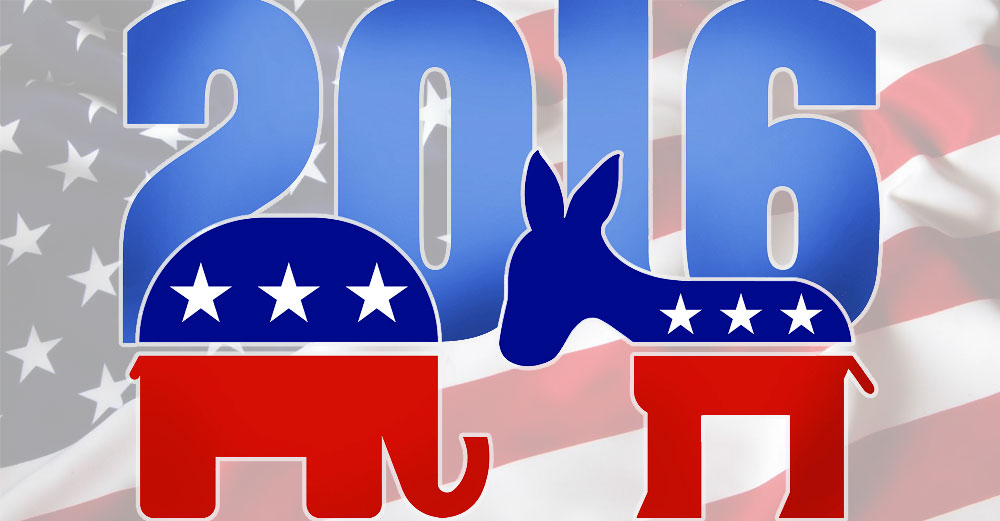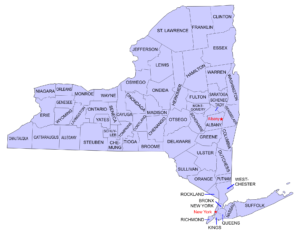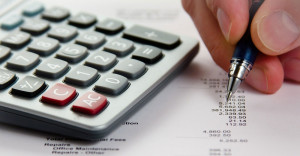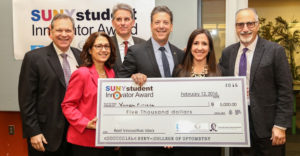
The news is all about it, online, on tv, radio, and in conversation. Everything comes back to the presidential election coming this November. Many of our college students have their first opportunity to cast a vote this year. But there’s a lot that can be learned about how the process works before that day, and we’re here to help deliver that info.
American politics are the result of about 240 years of trial and error. Ever since the the the Continental Congress declared our independence, American democracy has been evolving, creating the complex system of politics that runs the country today. It’s an amazing system which helps shape the free world, but its incredible complexity can be a difficult for some to process. Luckily, SUNY is home to a number of amazing Political Science programs which help educate many students interested in the governance that runs our nation. So with those, we’re starting Process Politics, a blog series intended to help every citizen make sense of the systems that govern them.
Caucus and Primary Elections
We’re now knee deep in this presidential election cycle, and there’s been a lot of buzz about the presidential primaries. One primary candidate even held a rally at SUNY Purchase and at Monroe Community College recently. Here in New York, the primary election will be taking place on April 19th. So to become more informed, let’s take the time to truly understand the primary process in action.
The complex systems they are, there is a lot to understand about political parties in America. Classes across SUNY, such as the University at Albany’s Political Science 334, American Political Parties and Groups, help students learn about the history and complexity of theses parties’ systems. But for now, one of the most important things to understand is that both the Democratic National Party and the Republican National Party are independent organizations, separate from the official, and each party sets it’s own rules. That’s why the rules for primaries vary from party to party and state to state. Democratic delegates are always rewarded proportionally, while in the republican party each state is allowed to determine whether they are split by proportion or winner-takes-all.
There are two major ways in which states determine which candidates will receive their parties delegates—through either a caucus or a primary.
The caucus was the original method of determining how the delegates should be rewarded. And it remained the most popular method until primaries were introduced in the 1900s. A caucus generally allows any voter registered with the party to attend. There there is discussion and debate over the candidates and an informal vote is taken to determine which delegates should be chosen.
The second, and more popular method is the primary election. There are two main types of primary: open and closed. At an open election, registered voters from any party affiliation may vote in  any one primary. At a closed primary, only voters registered to a specific party may vote in that parties election. This means only registered democrats may vote in the democratic primary and only register republicans may vote in the republican party. And these votes determine the way the delegates are awarded.
any one primary. At a closed primary, only voters registered to a specific party may vote in that parties election. This means only registered democrats may vote in the democratic primary and only register republicans may vote in the republican party. And these votes determine the way the delegates are awarded.
In New York State, both the democratic and republican parties hold closed primaries to determine how their delegates should be split. If you were already a registered voter, you needed to change your party affiliation to vote in October of the year prior to the vote, and new voters had to register by March 25th. Schools like SUNY Oswego and SUNY Geneseo have been dedicated to delivering voter registration information through this process. So now all that’s left for New York State is to vote, and find out how the delegates were awarded.
Coming soon, we’ll have more information that dives into the process of democracy and the election cycle in America. Our campus professors and experts will be on hand to help us all understand how the process works, leading up to the big day in November. Be sure to follow our series, Process Politics, to learn about the election cycle and how the presidential election works.



